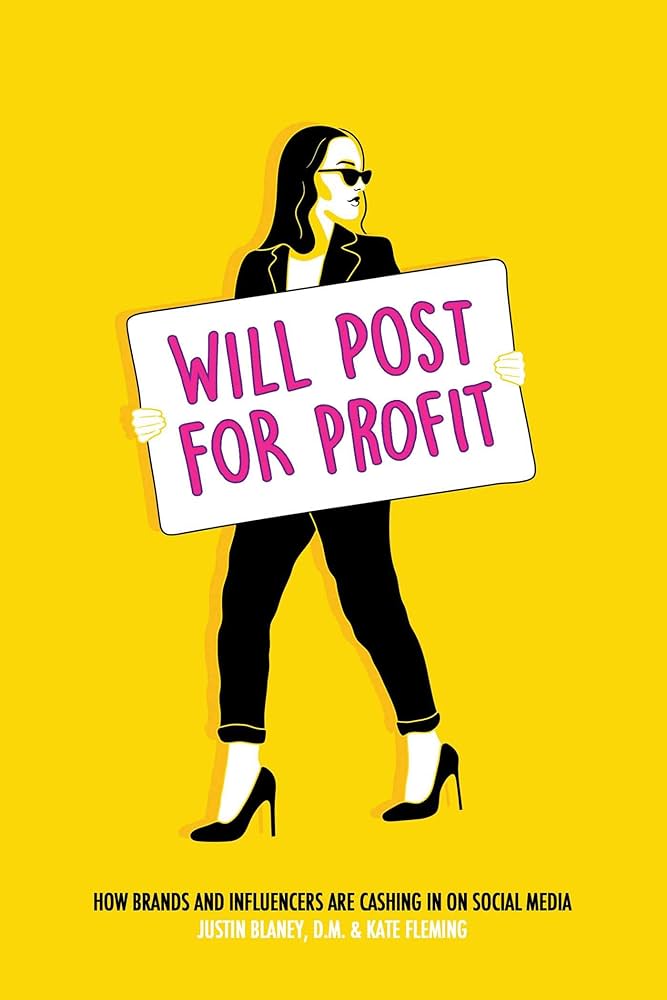Cashing in on social media – StartupSmart
“Oh God, it’s here! Hooray! Hooray… so… uh… what do we do with it?”
There’s been no doubt that the arrival of Google+ has electrified social media nerds the world over, but what does having a profile, or “page” or location or whatever, actually do for your business?
It’s hard to imagine it would when even the search engine’s own developers don’t trust it.
Google+ is just one of a host of new social media options that face start-ups. Facebook is now overtly attempting to lure small businesses while competitors are popping up all over the place, including a new family-focused social networking tool developed by an Australian couple.
Many budding entrepreneurs, especially the non-tech savvy ones, can be forgiven for being bewildered over which online tools to plump for and how to be confident of a healthy monetary return for the time and effort.
There have been case studies the world over proudly heralding the ease in which companies can engage their customer directly through this channel.
From Coke to Coles, Carlton Draught to Starbucks, many of the biggest brands in the world designate large portions of their marketing budgets to get more people on their Facebook page or listening to them on Twitter.
But how does this help small businesses that don’t have the budgets to hire a social media coordinator or community manager, or don’t know how to position their product in this space?
It’s all in the timing
It’s really a matter of time management, says Lucio Dias Ribeiro, managing director of internet marketing consultancy The Online Circle.
Ribeiro says the bottom line for any small business is time versus revenue.
“Every hour you spend in your day on social media is one that you could spend selling or building up your business or product,” he says.
“Small businesses that want to tap into social media need to have very clear objectives and need to be very accountable – social media is for the long run, it’s not really quick to have an effect.”
Ribeiro points to big brand clients like Cadbury and Kraft as examples of those who have the money to have the social media upkeep.
However, this isn’t to say that it’s impossible for small businesses to do well in social networking, mainly because they’re in an industry in which direct client engagement is part of a recognisable point of difference.
Don’t fall for the hype
“Small businesses need to be really careful not to be taken in by the fashion of the words ‘social media’ and forget about all of the other channels that may be more efficient for them – at the end of the day we talk about revenue and you need to be in ‘business’ not ‘busiless’,” says Ribeiro.
“You don’t want to be six months down the road and saying, ‘Hey I’ve done Facebook, Twitter, Google+ and YouTube and nothing returned back to me’.”
“That social media plan doesn’t work. You need to find the most efficient way to keep up with all of your objectives – you need to sit down at the table and say, ‘My time costs $60 per hour and I spend X amount of hours on social media, making sure I don’t have any spam, feeding in content, thinking about strategy, thinking about promotion. Am I better off going to a CPC (cost per click) model or paid media model?’”
These are questions that all small businesses must face when figuring out how to divvy up their marketing time (and dollars if they’re lucky).
For those whose business relies on a consistent online presence, lessons can be learned by those companies that have discovered how to best utilise this space.
David Olsen, head of social media for AppliancesOnline.com.au, has built the online company’s Facebook community to 170,000 members over the past two years, shaping what he sees as “one of the most engaged Facebook communities in Australia” and making it one of the largest among Australian retailers.

